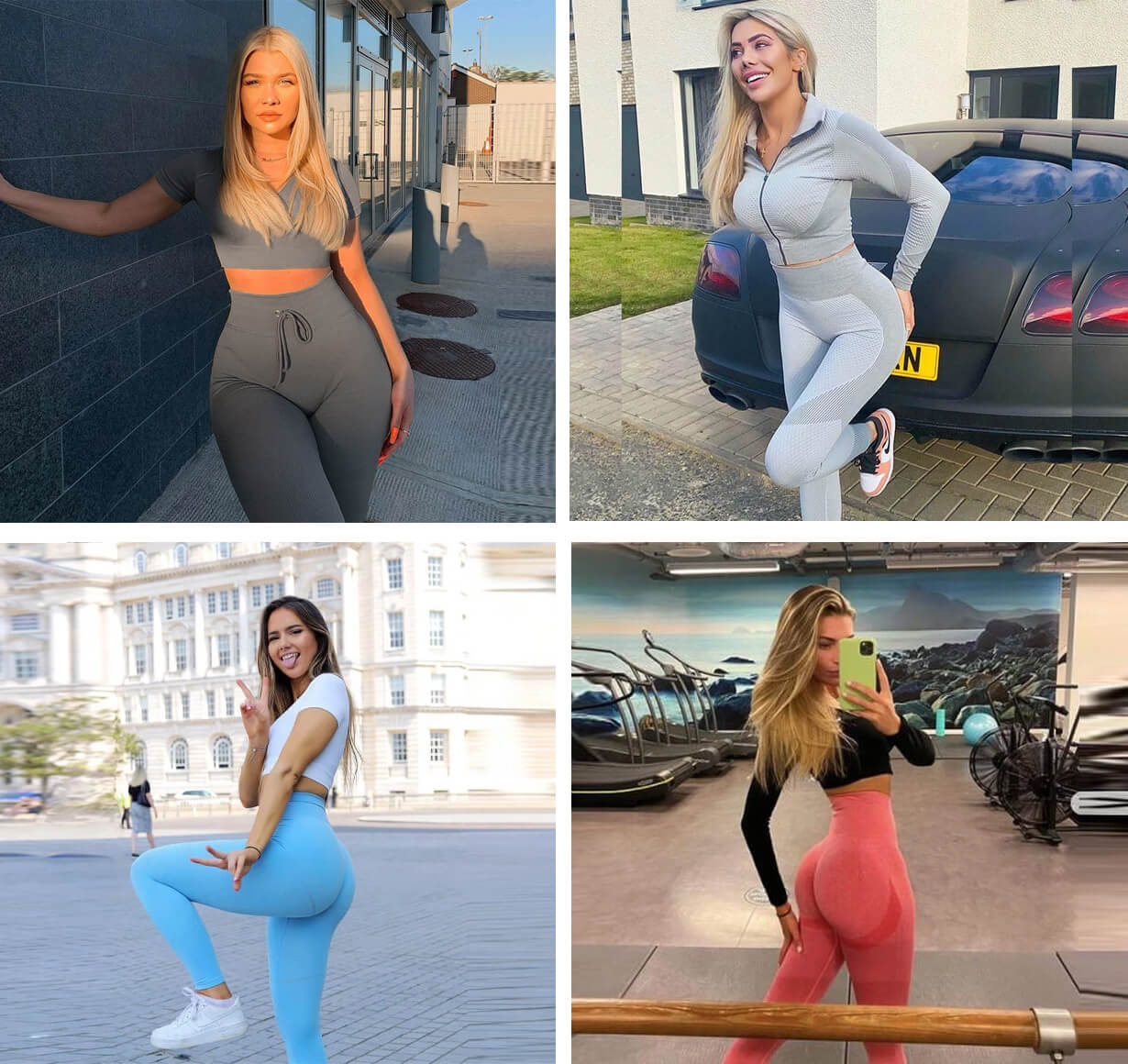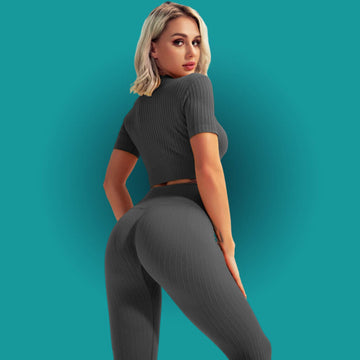What Yoga Style Is Best For Me? // 8 Styles Explained
Featured photo: Heather Bonker Photography
Are you confused with all the different yoga styles now available? Are you looking at your yoga studio's schedule with no idea on which class to attend? Don't worry, you're not alone; it's normal to be confused!
Remember that yoga is yoga, regardless of the style; it will do good and feel good. But if you want a better idea, we put together a guide to the 8 most common yoga styles. Hopefully, it will help you to find your perfect practice!
8 Yoga Styles Explained
Hatha
Think of Hatha yoga as a generic term for a physical yoga practice. Almost all yoga you will find in the west is technically hatha yoga. If a class on your studio schedule is called hatha yoga, you can expect a classic yoga class that will have a moderate pace. The focus is on controlling the breath and holding poses for a relatively short amount of time. The pace is slow enough for teachers to explain poses (alignment & benefits) and to correct students, which is perfect for beginners. Expect to leave a hatha class calmer, energized and with better body awareness.
Ashtanga
The term Ashtanga means 'the 8 limbs of yoga'. These limbs include meditation, some yogic philosophies and asanas (postures). A class of ashtanga has a determined sequence of poses which is performed in the same order. It's only when a practionner masters the first serie that they can move on to the next one; practicing an other pre-determined sequence of poses. In an ashtanga class, there is no rest between poses and the pace is fast, as poses are synced with breath. It is a strict, rigorous and physical practice that builds heat in the body. Ashtanga yoga will test physical limits and teaches determination, patience and non-attachment.
Vinyasa
In Sanskrit, Vinyasa means 'to place in a special way'. In a vinyasa class, postures are synced together with the breath. Unlike ashtanga, the sequence is always different, but always starts with sun salutations. Transitions betweens poses are smooth and it can feel like a dance. Because of the fast pace of classes, there is usually less focus on alignment which could lead beginners to injuries. This practice is best for intermediate to advanced yogis, as teachers expect students to know the basic alignments. A vinyasa class is physical and will test the body's limits while calming the mind.
Iyengar
Iyengar yoga was developped by B.K.S. Iyengar. It is a very meticulous and detail oriented style of yoga. The focus is on finding the perfect alignment. Iyengar classes will include lots of props to reach that proper alignment: blocks, chairs, straps, bolsters, blankets, etc. You can expect to spend a lot of time listening to the teacher and working on the same pose which won't make you jump and sweat, but is very challenging mentally and physically. Because teachers must go throught a very intensive and comprehensive training, these classes are the most suited for people with injuries, back problems and illnesses. These knowledgeable teachers will most likely have solutions and instructions for your specific needs. Shop our selection of yoga props.
Bikram
Bikram Choudhury founded this school of yoga about 30 years ago. Classes are held in a heated room (40°C with 40% humidity) while you go through the same serie of 26 poses, performed twice. You will sweat profusely, so make sure to be well hydrated before and after. The classes are physically demanding, but they improve circulation and release toxins from the body. There is controversy around Bikram yoga; Mr. Choudhury trademarked his sequence and sued studios who proclaimed to be Bikram without having gone through the Bikram training and without teaching the poses as he thought they should be.
Don't confuse hot yoga with Bikram. Hot yoga is similar because it is taught in a heated room, be it doesn't go through the exact same trademarked serie of 26 poses. Hot yoga is very popular and you can find any style of yoga held in a heated room.
Kundalini
Kundalini yoga is a blend between spiritual and physical practices; expect chanting, meditation, movement and dynamic breathing. The fluid and uplifting practice is meant to release the kundalini (serpent-like) energy coiled at the base of the spine like a sleeping snake. Exercices are often very root chakra focused and bring greater mind/body awareness. Kundalini classes are invigorating and provide a deeper spiritual experience than most other yoga classes, which can kick-start a process of transformation.
Restorative
Restorative yoga is a soothing and calming practice that is meant to rejuvenate and restore an unhealthy, stressed or injured body to a healthy one. Most likely, the studios lights will be dimmed and some calming music will be played. The pace is very slow and each pose held from 2 to 20 minutes each. Poses are passive and the use of props help to hold poses with little to no effort. If you have an injury or back problems and need a skilled teacher to restore your body to normal, this is the class for you. Wear warm clothes and leave the class calmer and rejuvenated.
Yin
Yin yoga is similar to restorative yoga in the way that both styles are slow-paced and calming. But while restorative yoga is meant to restore the body back to normal, yin classes will compensate a busy, active lifestyle/practice (yang) with a quiet and meditative practice (yin). Yang yoga classes will focus on strengthening muscles, but yin classes will work close to the bone, in deep tissue, like your fascia, joints and connective tissues. Props help you stay in the passive poses longer, which will challenge you to stay in an unconfortable position for a few minutes. It will teach you how to feel your body and work with emotions that arise. Yin classes teach self-awareness, improve flexibility, lubricate joints and overall deepen your practice.









